#melaka
Text

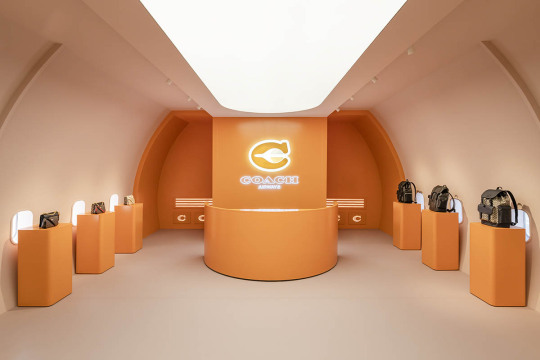





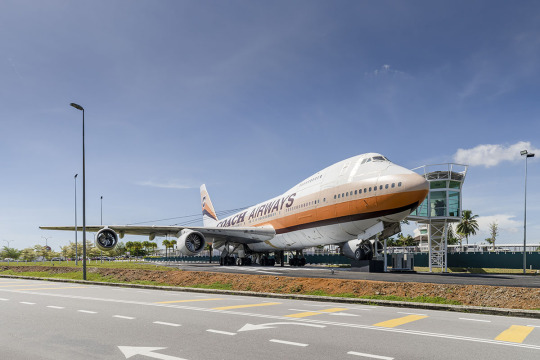
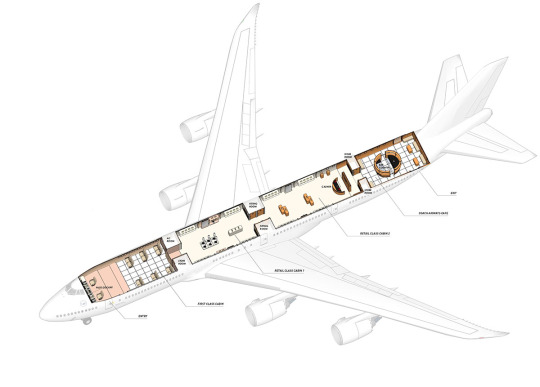

Coach Airways Store and Café, Alor Gajah, Melaka, Malaysia,
Coach New York and Spacemen Studio,
All images © David Yeow Photography.
#art#design#fashion#women's fashion#dressing room#walking closet#fun#plane#jetset#airway#store#malaysia#melaka#alor gajah#coachnewyork#spacemenstudio#orange#70s#retail#retaistore#boutique
45 notes
·
View notes
Text

Melaka, Malaysia
#melaka#malaysia#malacca#travel#asia#dailystreetsnapshots#photography#street#streets#actually mine#places#cars#cloudy skies#wanderlust
24 notes
·
View notes
Text







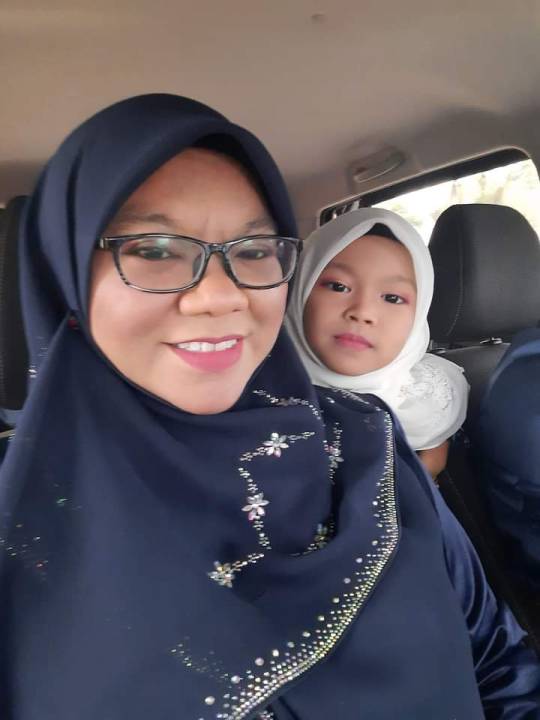

Selamat Hari Raya Maaf Zahir Dan Batin
14 notes
·
View notes
Link
In the mid-15th century, Ming Chinese princess Hang Li Poh was sent off to be diplomatically married to the Sultan Mansur Shah of Malacca in Malaysia. According to the local tradition, the Sultan gifted her the hill of Bukit Cina for her to build a residence, and in 1459, this well was constructed for her use there.
Now known as Perigi Raja, the King’s Well, or Hang Li Poh’s Well, this well became a significant source of water for the city-state and it is said that it has never dried up even during the worst droughts. Legend has it that whoever throws coins into the well is destined to return to Malacca.
After conquering the city in 1511, the Portuguese took control of the well. In silent resistance, warriors of the Sultan of Malacca poisoned the well and succeeded in covertly killing some 200 Portuguese colonizers. The Dutch and later the Acehnese, an Indigenous people from Indonesia, also poisoned the well in 1606 and between 1628 and 1629 respectively.
During Dutch control of the region, a wall was built around the well to protect it, forming a small fort complete with cannons and a guardhouse. In 1795, a high-ranking Chinese colonial official, Kapitan Cina Chua Su Cheong (Tsai Shih-chang), founded the Taoist temple of Poh San Teng dedicating it to the Peranakan deity Tua Pek Kong. Its entrance is adjacent to the fort. Following the British occupation and colonization of Malacca, the well soon fell into disuse and disrepair.
Today, the legendary well can still be found in a walled enclosure next to the Poh San Teng temple, hidden in plain sight. While its water is no longer clean enough to drink, the well has earned a reputation for being a wishing well over the years, and many coins lie scattered at its base.
60 notes
·
View notes
Text
Eating my way through Melaka
Visited Melaka in Dec'23 with some of my ex-colleagues.
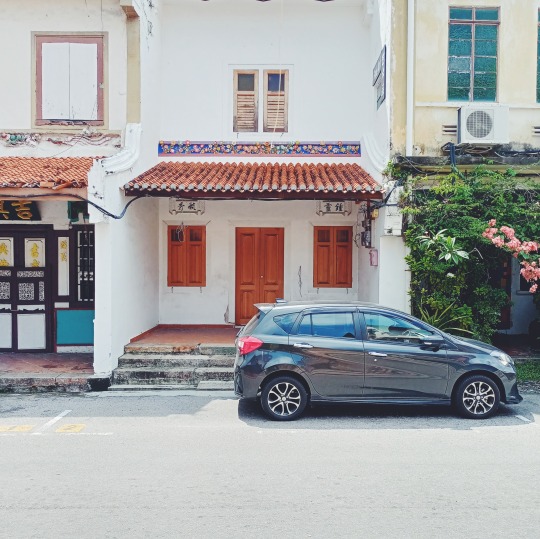
Typical Peranakan shophouse in Jonker. Love the mosaic tiles above the entry way.
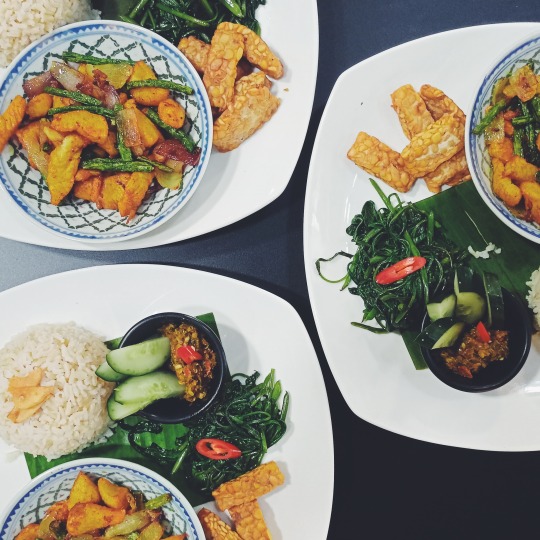
Had our first meal at the Geographer's cafe. I can't remember what it was.

The name of this dish on the menu was "Pandan-infused rice with deep fried chicken marinated in spices..." SHUT UP IT'S NASI LEMAK. But what can you expect from hipster cafes right? That aside, it was not bad actually.

Hipster-cafe coffee. It was good too.

Malaysian style dry pan-mee from a roadside stall called Tengkera Mee Hoon Kueh.

Nyonya laksa from The Peranakan Place at Jonker Street.
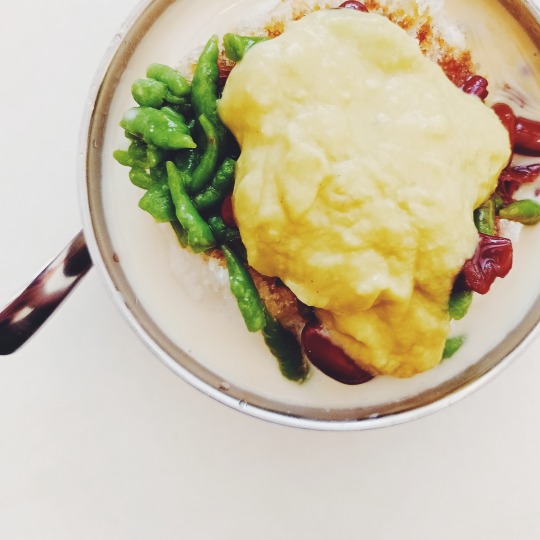
Durian chendol from The Peranakan Place.
December probably wasn't the best time to visit because of the rainy weather but it also wasn't very crowded, so we were able to do some sightseeing without having to jostle with other tourists.
Also, we stayed in a cute boutique hotel which was cosy and quiet even though it was located on a busy junction.
Adios.
#food photography#singapore#travel#foodie#photography#foodporn#food blog#foodphotography#travel blog#malaysia#melaka#malacca#the nines hotel#melaka food#food in melaka#nonya food#nonya cuisine#peranakan#peranakan food#peranakan cuisine#cendol melaka#laksa melaka#malaysian food#geographer cafe melaka
3 notes
·
View notes
Photo

Kuala Lumpur, 2022
#film#film photography#35mm film#filmisnotdead#photography#streetlife#Street Photography#travel#Travel Photography#Kuala Lumpur#melaka#malaysia
54 notes
·
View notes
Text
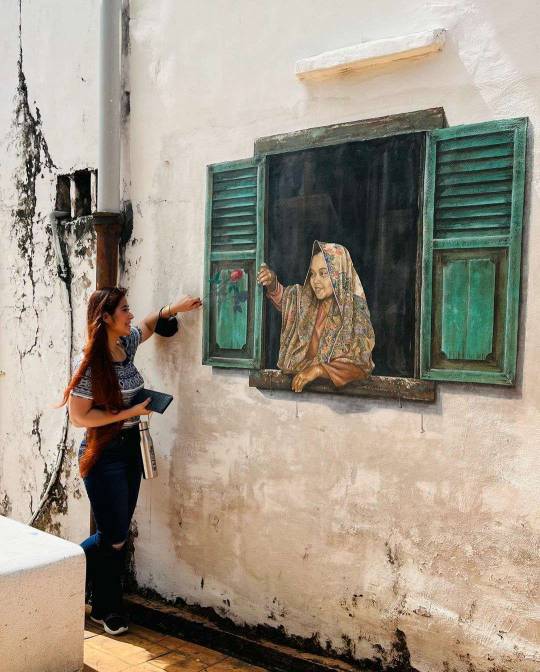
8 notes
·
View notes
Text
MELUHHA. MELAKA. MELA. MEL. TA-MIL.
Meluhha/Melukhkha - This term appears in several ancient texts, including the Sumerian and Akkadian texts, and is thought to refer to the Indus Valley Civilization. Some scholars believe that the word has Dravidian origins.
Melaka - assemblage; “visionary encounters (with the Goddesses)”; the “union” (of Śiva and Śakti); Yoginīmelaka, “a meeting with Yoginīs”
Meru - This is a mountain that is considered sacred in Hindu, Buddhist, and Jain traditions. The word is believed to have Dravidian roots.
Mela - This is a Sanskrit word that means "gathering" or "assembly". It is commonly used to refer to large festivals and gatherings in India.
Melammu - This is a Sumerian word that means "divine radiance" or "divine glory". It is believed to have Dravidian roots.
Melakadambur - This is a village in Tamil Nadu, India, that is known for its ancient Hindu temple. The name of the village is believed to have originated from a combination of two words - "melai" (Tamil for high) and "kadambu" (Tamil for tree).
Melakarta - This is a system of organizing and classifying musical scales in Carnatic music, a classical music tradition from South India. The term "melakarta" literally means "primary scales" in Sanskrit, but its exact origins are unclear and it may have Dravidian roots.
Melaka - This is a city in Malaysia that was an important trading port in ancient times. The name is thought to have originated from a combination of two words - "mele" (Tamil for hill) and "ka" (Sanskrit for foot), referring to the city's location at the foot of a hill.
Melana - a form of dance in Odisha
Melap - a traditional musical instrument in Rajasthan
Melchham - a folk dance form in Himachal Pradesh
Mel - a festival celebrated in Assam
Melana - a religious festival celebrated by the Khasi tribe in Meghalaya
Mel - a community gathering in Punjab
Melo - a type of folk song in West Bengal
Melava - a gathering of people for a social or religious occasion in Maharashtra
Meluha - an ancient civilization in the Indus Valley
Mel - a gathering of people for social and cultural events in Kerala
Mela - a festival or fair held in various parts of India
Melat - a type of song in the Maldives
Melan - a traditional wrestling competition in Uttarakhand
Mela-kacheri - a type of music concert in Tamil Nadu
Melattur style - a style of Bharatanatyam dance in Tamil Nadu
Melodious - having a pleasant tune or melody in music
Melam - a type of percussion music in Kerala
Melapadam - a musical composition in the Indian classical tradition
Melakarta - a system of classification of ragas in Carnatic music
Melavu - a traditional folk dance in Andhra Pradesh
Melghat - a mountain range in Maharashtra
Melkote - a town in Karnataka known for its temples
Melnattu - a term used to describe the western region of Tamil Nadu
Melukote - a town in Karnataka known for its temples
Meliaputti - a town in Andhra Pradesh
Melavasal - a place in Tamil Nadu known for its silk production
Melachirappalli - a town in Tamil Nadu
Melur - a town in Tamil Nadu
Melathiruppanthuruthi - a village in Tamil Nadu
Melmaruvathur - a town in Tamil Nadu known for its temple
Melanam - a type of ceremonial procession in Kerala
Melapalayam - a town in Tamil Nadu
Melmuri - a village in Kerala
Melparamba - a village in Kerala
Melkam - a traditional dance in Assam
Melamchi - a river in Nepal
Melukavu - a village in Kerala
Melmadoor - a village in Telangana
Melukote Narasimha - a form of Lord Vishnu worshipped in Karnataka
Melkallur - a village in Tamil Nadu
Melasani - a village in Karnataka
Melkamane - a village in Karnataka
Melvettoor - a village in Kerala
Melthonnakkal - a village in Kerala
Melukote Vyasaraya - a prominent philosopher and saint in the Madhva tradition
Meloor - a village in Kerala
Melkavattur - a village in Tamil Nadu
Meladi - a village in Rajasthan.
SIDENOTE
"mel-" or "meldh-" which means "dark," "black," or "soil” is found in various Indo-European languages, such as the Latin word "melas," the Greek word "mélās," the Old English word "melan," and the Sanskrit word "mālā."
#meluhha#melaka#melakam#mela#meru#mel#tamil#dravidian#indus valley#history#south asia#india#ancient history#thamizh#malacca#malaysia#bharatanatyam#meladi#melakarta#melnattu#melat#melan#melo#melkam#mleccha#melechha#melana#melghat#melanam
7 notes
·
View notes
Text
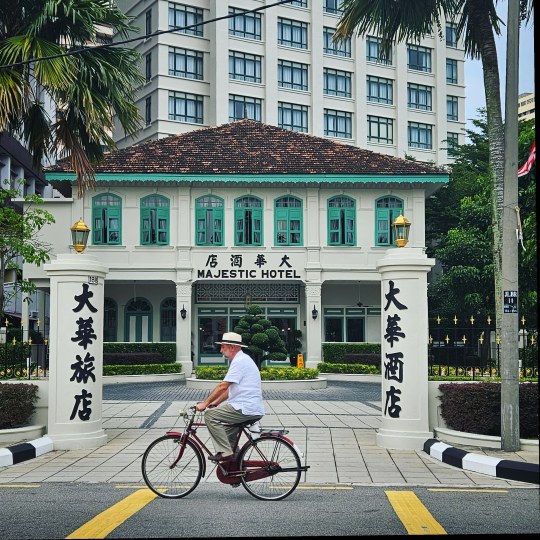
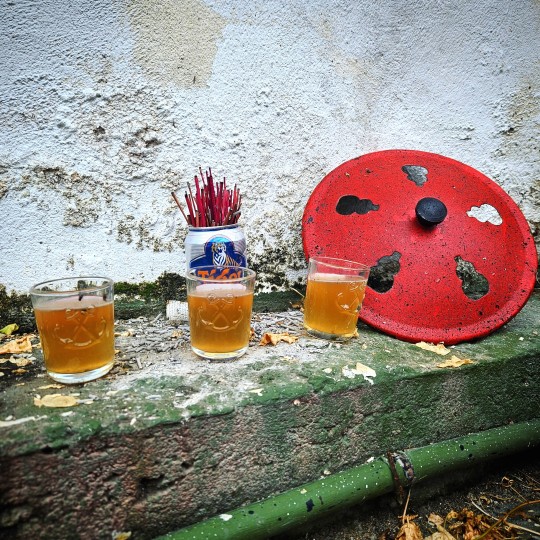

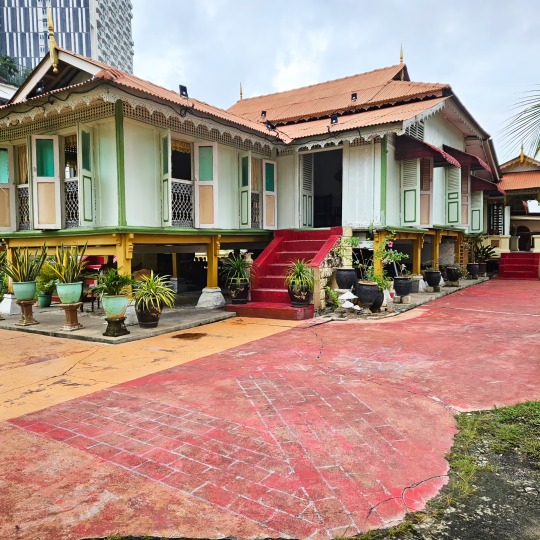

Malacca Streets, Malaysia
Majestic Hotel (1920s)
Malay houses, Kampung Morten
Villa Sentosa (early C20th)
Church of St Francis Xavier (constructed 1849-56)
(2023)
© optikestrav
1 note
·
View note
Text

My Kiehl’s Heritage, Melaka, Malaysia
2 notes
·
View notes
Text



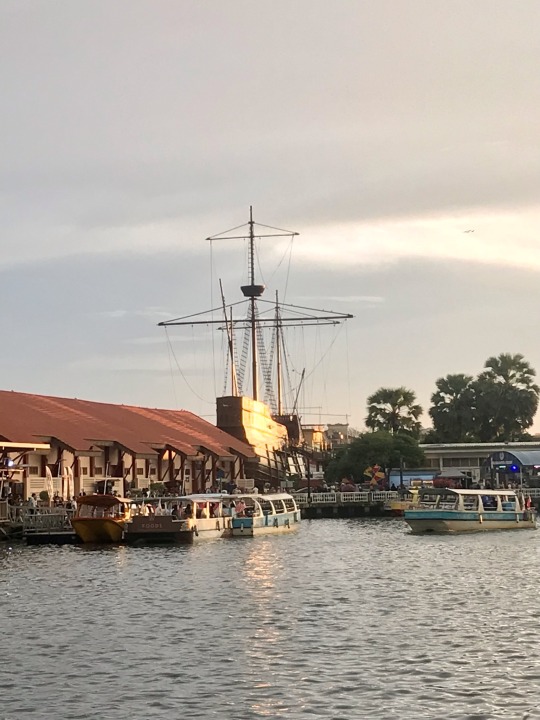
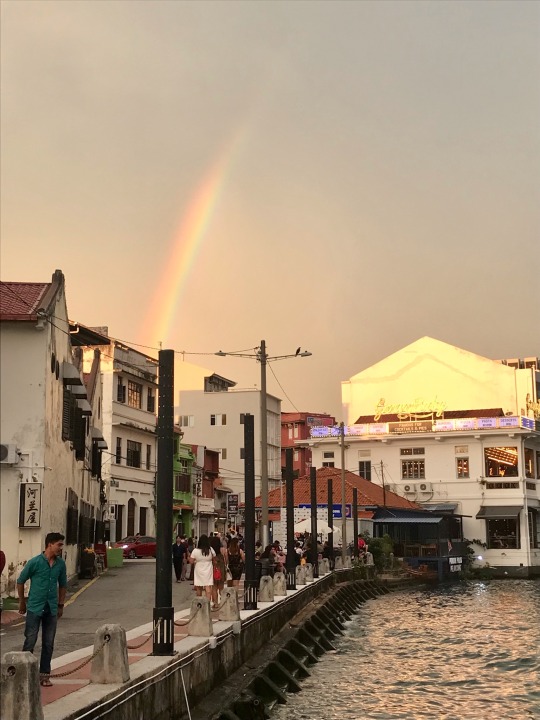

#Melaka#Malacca#malaysia#building facade#colonial building#facade design#waterways#Malacca canal#Mamee noodle
1 note
·
View note
Text
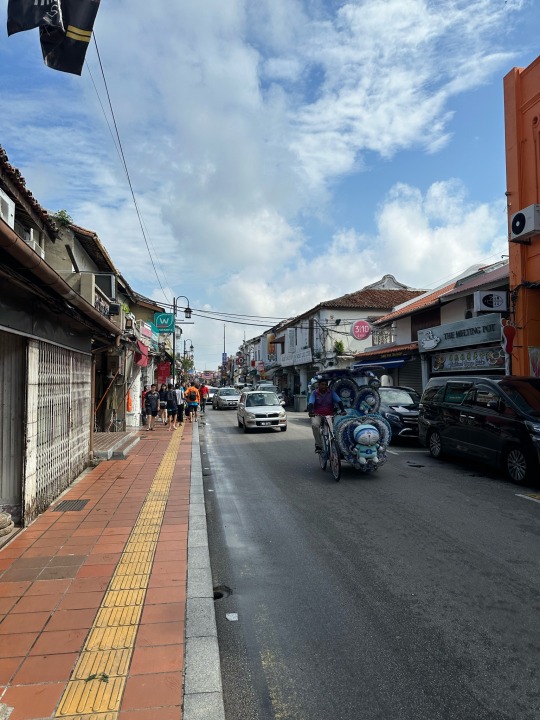


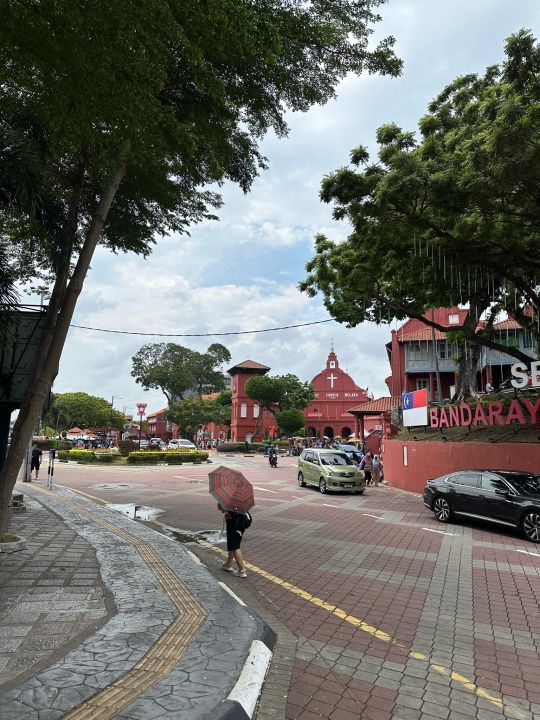

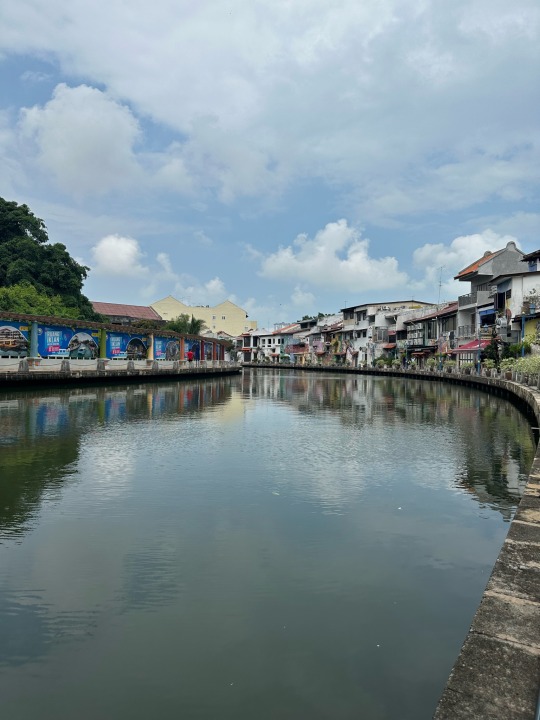
2 notes
·
View notes
Text
The Peranakans, also known as the Baba-Nyonya in the Malay Peninsula, are descendants of the first-wave Southern Chinese settlers in Southeast Asia. Their culture, now endangered, is prevalent in the old streets of Malacca—the port city that once flourished from foreign trade.
Located on Jalan Tun Tan Cheng Lock, the Baba & Nyonya Heritage Museum is housed in a preserved two-story Peranakan mansion built in 1861 for the wealthy Chan family. Since its public opening in March 1985, it has been run by their descendants and showcases the lavish lifestyle of the Baba-Nyonya in their heyday.
Inside, the rooms are gorgeously furnished in the style of the late 19th century, highlighted throughout with gold leaf carvings of vines and auspicious birds. It adds to the place an almost palatial feel, along with the paper lanterns, porcelain dolls, and antique thingamabobs.
Tradition has it that the heart of a Peranakan house lies in its kitchen. The women of the Chan household spent much of their time here, sometimes catching up with the latest gossip in the local dialect called Baba Malay. Today, it is maintained in a state as it would have been back in the day, with blue-and-white ceramic dishes laid out on the long table in the adjoining western-style dining room.
The farthest the Chan family women could venture without the accompaniment of a man—within their own house, that is—was the so-called Dark Hall, adjacent to the grand reception hall. Diving the two halls is a wooden screen with slits, from which the women could take a peek at the visitors.
On the upper floor is the Wedding Room, where the patriarch of the Chan family and his wife once slept in. Wedding garments are displayed on mannequins and preserved in glass cases today. Other everyday objects and contemporaneous paper money are also on display, giving visitors a glimpse into Malacca’s past.
The heritage house-museum’s highlight is quite possibly its staircase, leading from the chim che (airwell) to the private residential section upstairs. The only one of its kind in the city, and perhaps even in all of Malaysia, the staircase boasts a beautifully gilt railing with reliefs depicting the weapons of the Eight Immortals of Daoist mythology.
But its real centerpiece is the lockable baby gate, a 19th-century recreation of a 9th-century Chinese invention. Not only does it prevent children from accidentally falling down the stairs, it could also shut out burglars as well as husbands who stayed out too late drinking and philandering.
18 notes
·
View notes
Text
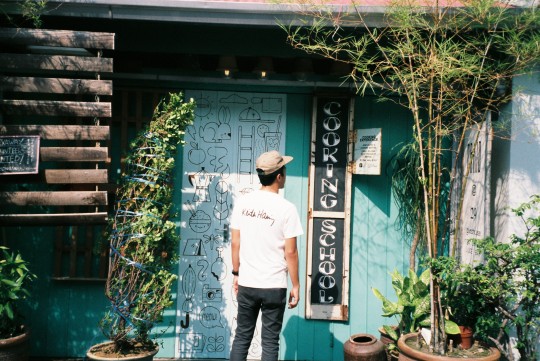
2 notes
·
View notes
Text




Find your own happiness and freedom 🌊
- Feb 26th
4 notes
·
View notes
